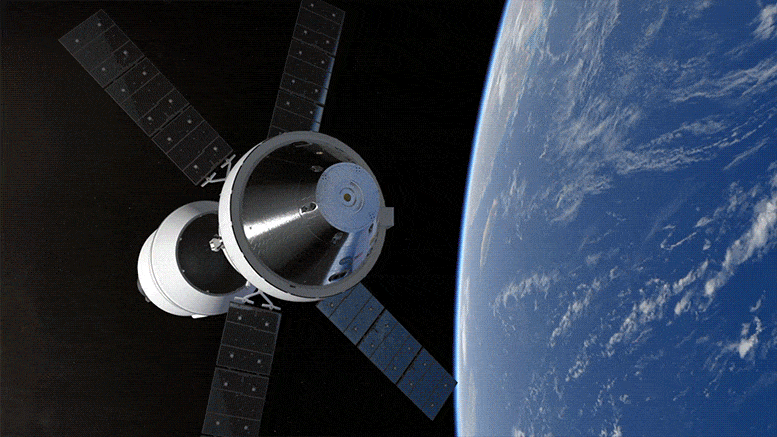A milestone for NASA’s experimental supersonic airplane …

Stretching Orion’s wings before the next flight …
And technologies to help fight wildfires …
A few of the stories to tell you about – This Week at NASA!
A Milestone for NASA’s Supersonic Quesst Mission
The experimental X-59 aircraft being built for NASA’s Quesst mission has been outfitted with its lower empennage, or tail assembly. Teams can now continue final wiring and system checkouts in preparation for integrated ground testing. The X-59 is designed to demonstrate the ability to fly supersonic and produce just a quiet sonic thump, instead of a loud sonic boom.

On March 17, 2023, technicians inside the Florida spaceport’s Neil Armstrong Operations and Checkout Building unfurled one of the solar array wings for the Artemis II Orion spacecraft to confirm all mechanisms operate as expected. Credit: NASA/Glenn Benson
Stretching Orion’s Wings Before Artemis II
Teams at NASA’s Kennedy Space Center recently tested a solar array wing to make sure it extends correctly. Four of the solar arrays will be installed on the Orion spacecraft for the Artemis II mission. Artemis II will be the first Artemis mission to carry astronauts around the Moon and back to Earth.

NASA’s ACERO project uses drones and advanced aviation technologies to improve wildland fire coordination and operations, extending the window for aerial suppression and developing airspace management technologies for better communication between aircraft and ground crews. ACERO is also exploring drone use for prescribed burns, offering a safer, cheaper alternative to traditional methods. Credit: NASA
Advanced Capabilities for Emergency Response Operations
The ACERO project, led by NASA’s Ames Research Center, is using drones and advanced aviation technologies to improve wildfire fighting coordination and operations. ACERO’s airspace management technologies provide situational awareness to help responders avoid conflicts with aircraft operations. Having this situational awareness could also enable them to safely integrate drones into the firefighting effort.

From March 25 to 27, 2023, Lucy used its highest resolution imager, L’LORRI, to capture its first views of four Jupiter Trojan asteroids. From left to right: Eurybates, Polymele, Leucus, and Orus. Credit: NASA/Goddard/SwRI/JHU-APL
Lucy Captures Early Views of Trojan Asteroids
NASA’s Lucy spacecraft recently captured its first look at four of the Jupiter Trojan asteroids the mission plans to visit. From more than 330 million miles away, the spacecraft spotted Eurybates, Polymele, Leucus, and Orus. The asteroids are just single points of light, but the team can still use the imaging data to prepare for the future up-close observations of Lucy’s targets.
That’s what’s up this week @NASA …
Source: scitechdaily








